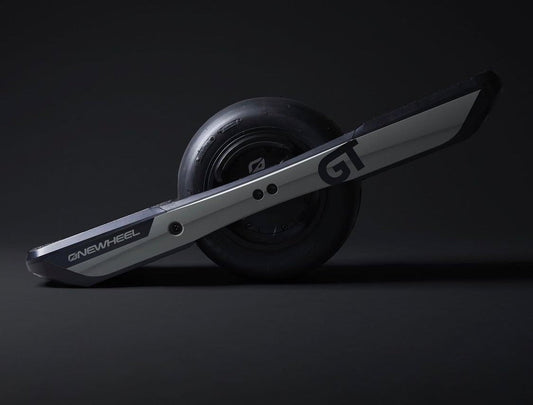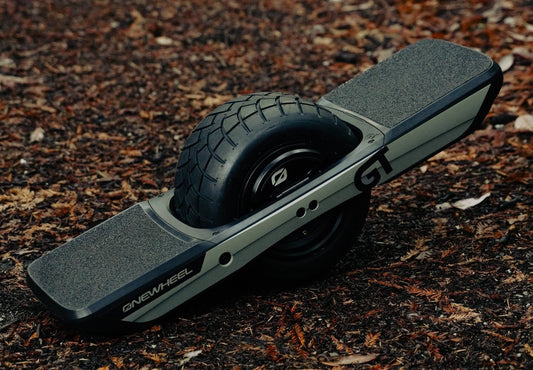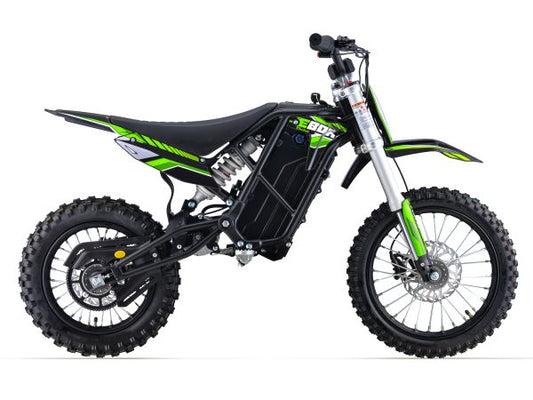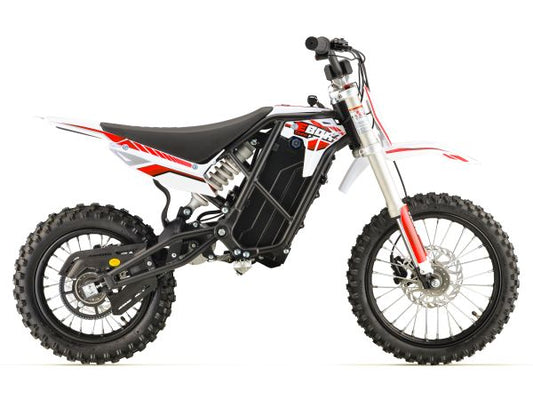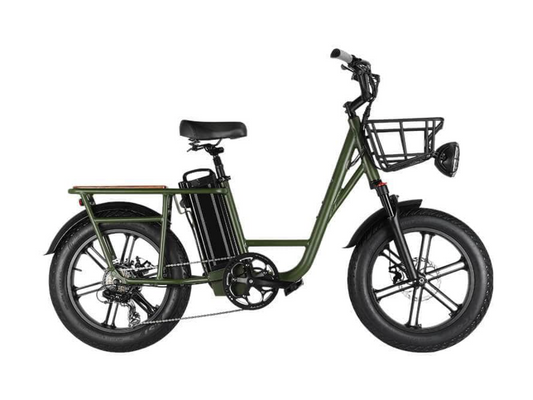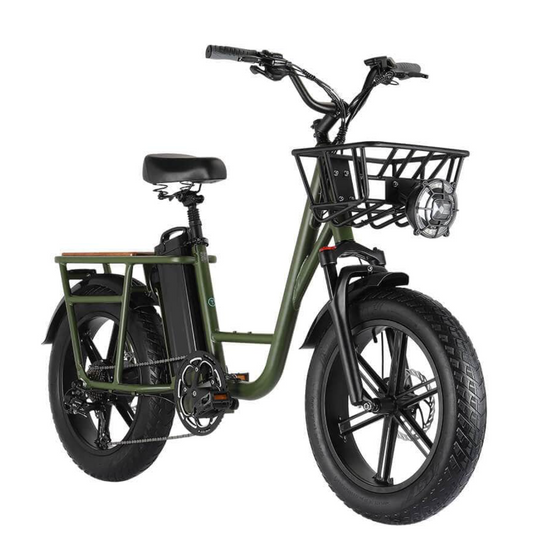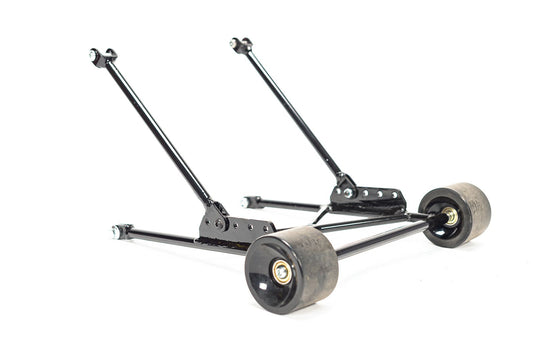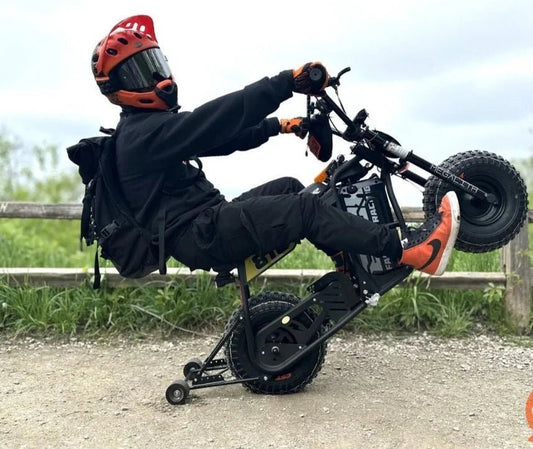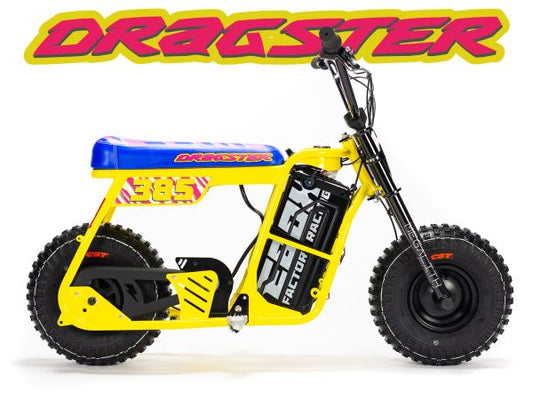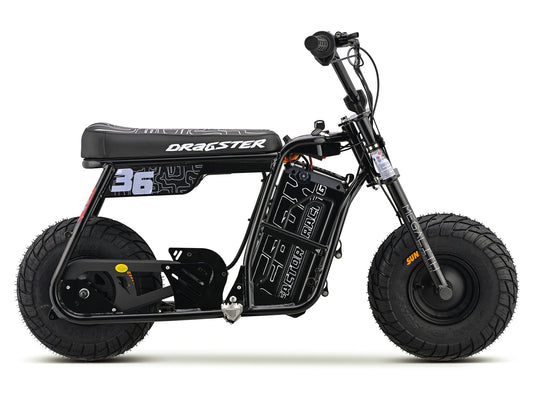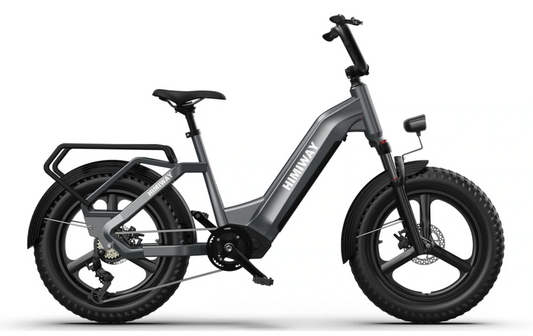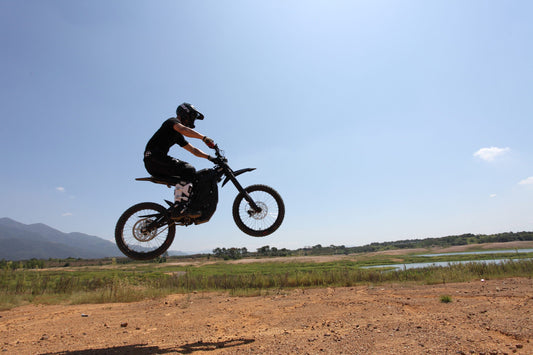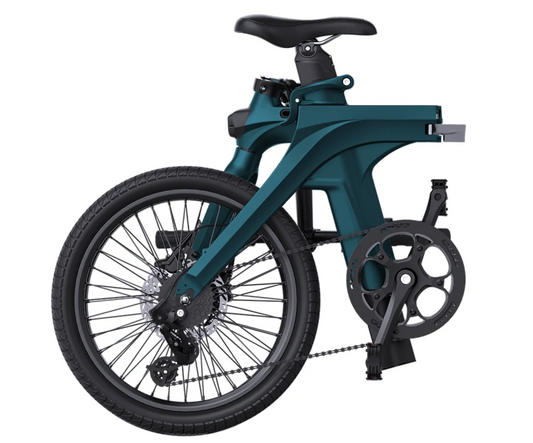What E-Bike Is Right For You?
E-Bike Batteries, Riding Ranges and Motors
Manufacturers devote a lot of attention to the power plant in each bike. The design trade off is performance versus riding range. A more powerful motor delivers more speed for keeping up with traffic and more torque for climbing hills and hauling cargo. A more powerful motor also burns up the battery faster, reducing your riding range.
When comparing prospective e-bikes, you’ll see broad riding-range specs: 20-100 pedal-assisted miles, for example. That’s because so many variables affect riding range.
Having a big battery helps, of course: Capacities are stated in watt hours (Wh), the number of hours a battery can sustain 1 watt of power before dying. Thus motor power also matters: A 500-watt motor paired with a 500 Wh battery (a common class 3 bike setup) drains power more quickly than a 250-watt motor with a 500 Wh battery (a common class 1 bike setup).
For regulatory reasons, electric bikes are divided into classes that denote their level of motor assistance. Figuring out which class of e-bike you need is a key decision point:
Class 1 e-bikes are the most universally accepted. That’s one reason why they are also the most popular choice. But class 1 bikes aren’t allowed on all bike paths, especially ones where the speed limit is 15 mph. Some mountain-bike trail systems also forbid all classes of e-bikes, though access is generally beginning to open up for class 1 e-bikes.
Class 2 e-bikes are banned in many places. Any mountain bike trail where motor-powered vehicles are prohibited also won’t allow class 2 e-bikes. City streets and off-road vehicle areas are your only sure bet for class 2 access.
Class 3 e-bikes are primarily allowed on city streets. The greater speed their motor assist provides, though, can be an advantage when you want to keep up with vehicle traffic when you commute or run errands on your e-bike.












